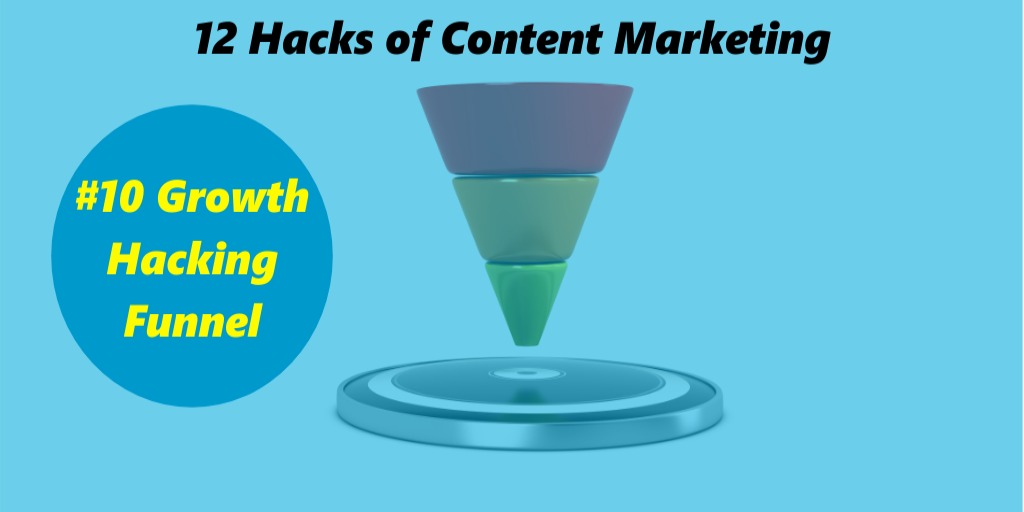12 Hacks of Content Marketing- #10 Growth Hacking Funnel
Welcome to Day 10 of our growth hacking series. In today's blog, we discuss a major component surrounding growth hacking and that is the growth hacking funnel.
As explained in previous blogs, growth hacking is the use of tactics and strategies to grow your business in the most efficient way possible using the least amount of resources. Many business rely heavily on topline metrics such as traffic and revenue. They fail to understand the product/ service life cycle as a whole. Therefore, decision making is hindered when you cannot see what happens at each stage of the consumer journey.
The funnel for this concept is made up of five stages: Acquisition, Activation, Retention, Referral and Revenue (AARRR). It is commonly known as the Pirate metrics funnel for its acronym. The funnel is an opportunity to identify areas of weakness for your business that will aid you to make better growth hacking decisions in the future.
(1) Acquisition: This step examines how customers are discovering your business. Did they find you on social media or searching for a solution on Google? Alternatively, did they hear about you from a friend or colleague (Word of Mouth). This is the first question you should analyse as you can spend more time focusing on higher converting acquisition channels and improve your marketing budget. Overall, any means where your customers can come across your business, can be considered an acquisition channel.
(2) Activation: How do you inspire customers to purchase/ engage with your brand? This step is about conversions and is the beginning of hopefully, a long lasting relationship between the customer and your business. For example, some activation activities include subscribing to an email newsletter or adding an item to the product cart.
(3) Retention: Retention poses a difficult challenge for many businesses. Once a customer has purchased from you, your attention should turn to methods of maintaining a healthy lifetime value (LTV) for the business. For example, if you’re an online business specialising in sunglasses, measure the ratio of returning customers each year. Retention metrics are arguably the most important metrics of all as they indicate whether or not you are providing consistent value to customers. It can assist with areas that may need improvement to ensure customer loyalty.
(4) Referral: Here, we need to encourage customers to become brand advocates, ultimately leading to higher conversions. This is a massive opportunity for scalability as word of mouth costs nothing to the business. A fantastic example of referrals in action is Uber. Each customer is given a unique referral code, which Uber then uses to track how many users successfully send out a referral code and how many new users each user brings in. By rewarding existing customers, it will potentially lead to more satisfied customers in the future.
(5) Revenue: Revenue is the most clear cut of all metrics. However, it is more than a single figure. Revenue should be examined on a per customer and per channel basis. This will highlight areas of strength and weakness going forward. Understanding these metrics provide more inclusive marketing decisions to improve each area of acquisition and activation.
Growth cannot be achieved by following one strategy. By using a funnel approach, your business can divide users into different groups and work towards converting them. This approach provides an effective method to achieve a higher conversion rate. The AARRR metrics act as an analytical system, which your business can follow. Understanding the vast range of analytics in the consumer journey will lead to a more structured plan going forward and increasing chances of scalability. By applying these steps to your business KPIs, your business will eventually reap the rewards!





